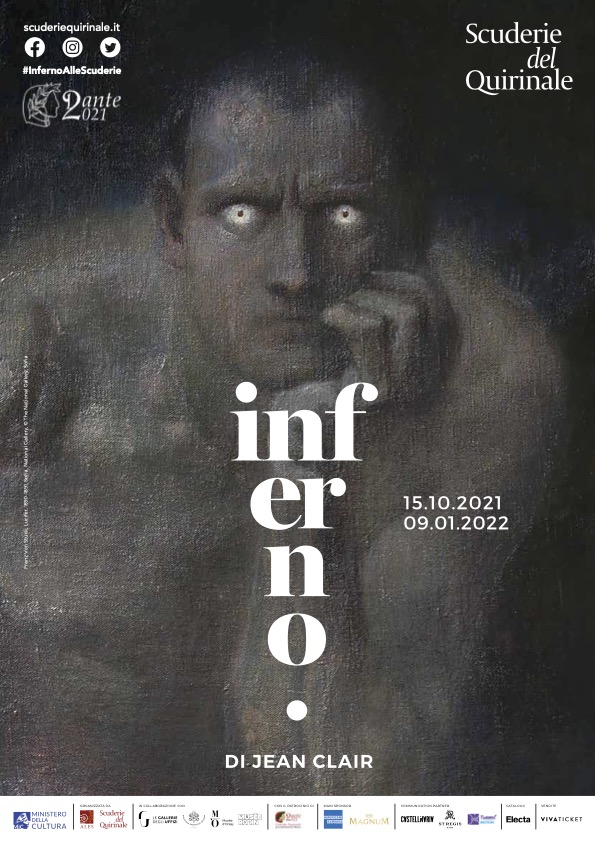Dante’s Inferno. The pictorial challenge
While the iconographic canon of Dante’s Inferno and its diffusion developed out of these illuminated books, drawings, and illustrated editions, large-scale paintings also made a key contribution to how hell was imagined throughout modern Europe.
As in the language of the illustrations, the arrangement of the infernal tales depicted in painting generally adopt a recurring format. Rarely represented for their intrinsic significance, these scenes are nearly always introduced or dominated by the figures of Dante and Virgil, observers with a stately bearing who breathe life into the landscapes as they pace pensively, gesturing eloquently. And it is precisely the expressive contrast between the solemn humanity of the two travellers and the unbearable cruelty of the damned that has made such a contribution to the visual power of the images, revealing a different way of reading Dante from period to period.
In the early 17th century, the Sienese Manetti and Neapolitan Angeli both viewed hell as a subject that would allow them to experiment with luminist effects, veering between Caravaggesque Tenebrism and pre-Baroque theatricality, while in the celebrated Barque of Dante (represented in the exhibition by a small copy by Manet) Delacroix reveals the complexity of the re-interpretation of Dante in the Romantic era. This re-interpretation turns away from the allegorical-doctrinal perfection so dear to the academic culture and back to the convulsive vision, fury, and restlessness distinguishing Michelangelo’s Last Judgement.
The flames, foul mud, and frozen infernal landscapes that are the setting for the tortures undergone by the damned would prove a fertile terrain for great painting in the second half of the 19th century, especially in France and Italy, which brought together classic and romantic elements in a new masterly and impactful academic practice, exemplified by Doré’s monumental masterpiece forming the backdrop to the exhibition.



